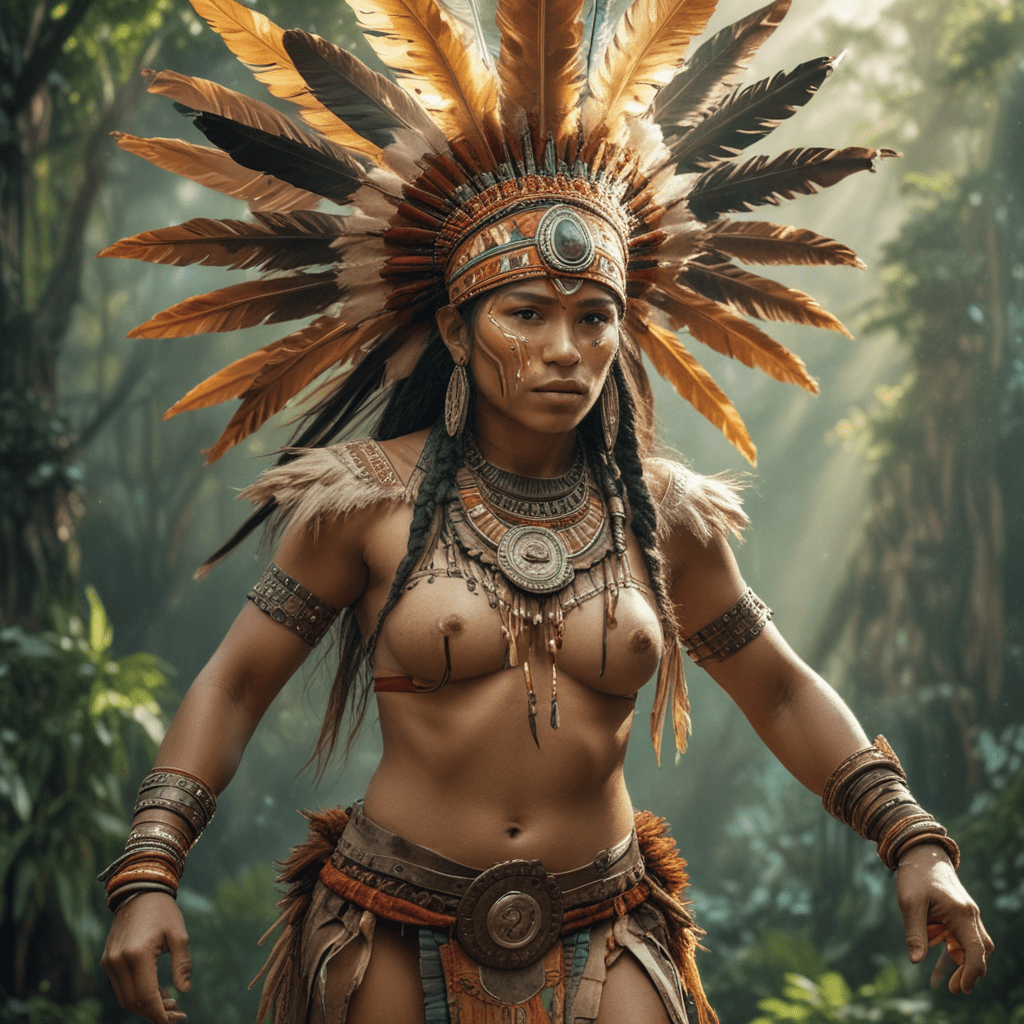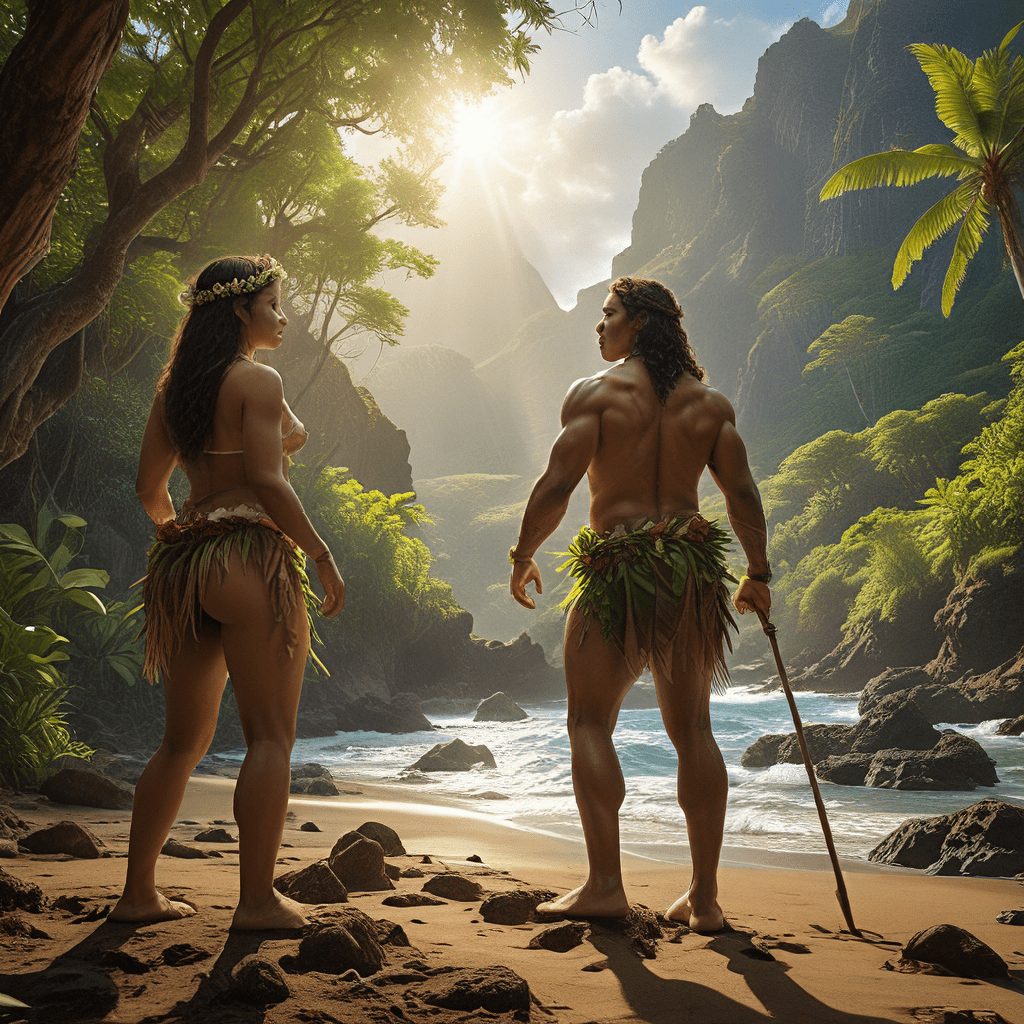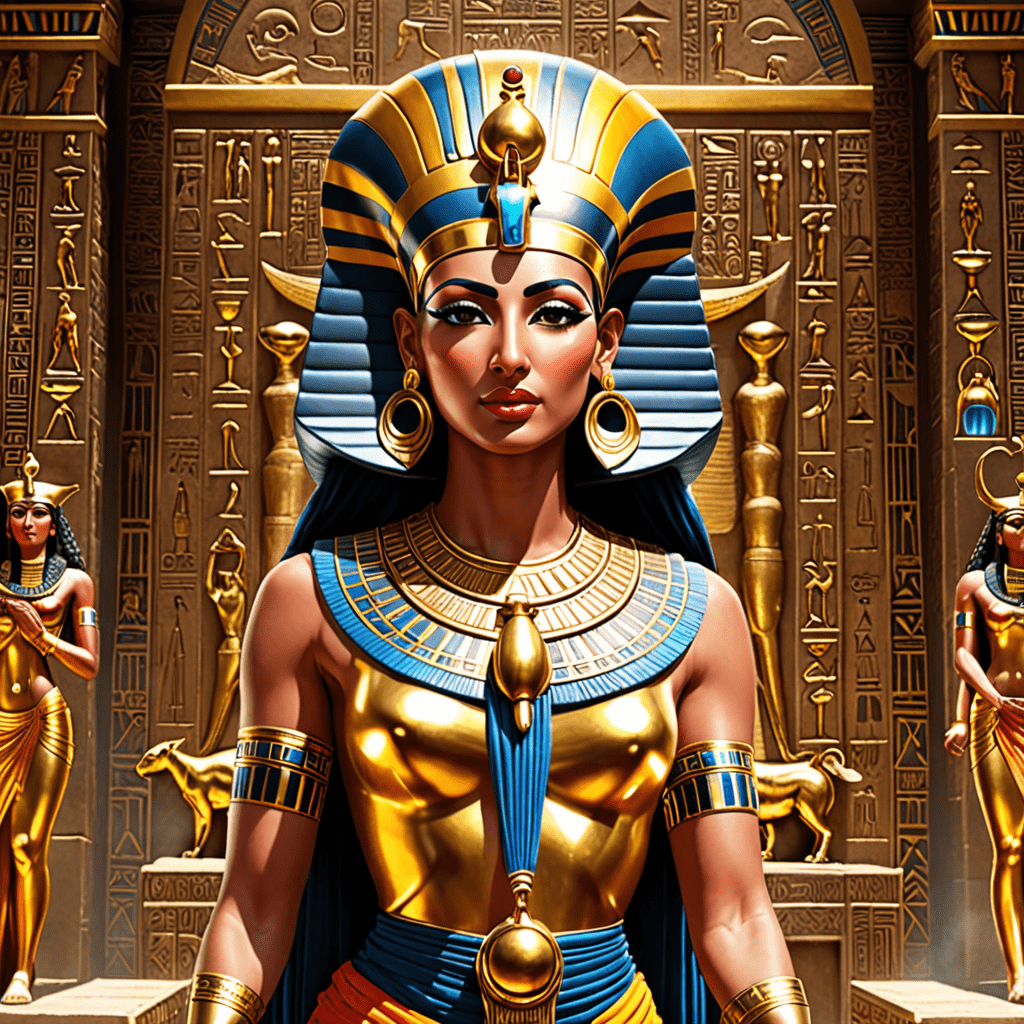The Mythical Realms of South American Indigenous Cultures
Introduction
South America, a continent brimming with cultural diversity, is home to a plethora of indigenous communities, each possessing unique and captivating mythologies. These intricate narratives provide a glimpse into the spiritual beliefs, creation stories, and the interconnectedness between humans, nature, and the divine realms. Exploring the mythical realms of South American indigenous cultures offers a profound understanding of their rich heritage and the enduring power of storytelling.
The Andean Cosmovision
The Andean cosmovision, prevalent in the Andean region, revolves around the concept of a tripartite world. This world is divided into the Upperworld, inhabited by celestial beings and deities; the Middleworld, the realm of humans and nature; and the Underworld, associated with ancestors and the supernatural. The Andean pantheon includes prominent deities such as Viracocha, the creator god, and Pachamama, the Earth Mother, who are revered and honored in rituals and offerings.
The Amazonian Mythology
The Amazonian rainforest, a vast and enigmatic ecosystem, is imbued with a rich tapestry of mythological traditions. Creation myths abound, narrating the emergence of life from the primordial waters or from the union of animals and plants. Animal spirits and plant deities hold significant roles in Amazonian mythology, influencing hunting practices, healing rituals, and the preservation of the natural world. The jaguar, a revered guardian, symbolizes strength and power, while the anaconda serpent represents the interconnectedness of water and life.
The Gran Chaco Cosmologies
The Gran Chaco region, located in central South America, is inhabited by indigenous communities such as the Wichi and Qom peoples. Their cosmologies emphasize the spirit world, where animals and humans possess the ability to transform into one another. Hunting rituals are imbued with mythological significance, as animals are believed to embody spirits that must be respected and appeased. The concept of the "dreamtime" plays a crucial role, connecting the past, present, and future in a cyclical and sacred narrative.
The Patagonian Indigenous Mythologies
Patagonian indigenous mythologies are deeply intertwined with the vast and untamed landscapes of the region. Creation legends speak of giants roaming the earth, shaping the mountains and rivers. Ancestral beings, such as the fox and guanaco, play significant roles in these mythologies, embodying the characteristics of the land and its inhabitants. The Patagonian indigenous cultures place great importance on the preservation of the natural world, viewing it as a sacred and interconnected entity.
The Fuegian Beliefs
The Fuegian indigenous communities, residing in the southernmost tip of South America, have a unique set of beliefs that revolve around spirit animals and the cycle of life and death. Animals, such as the killer whale and the sea lion, are revered as protectors and guides, embodying the powers of the ocean and the land. Shamanism plays a central role in Fuegian mythology, with shamans acting as intermediaries between the human and spirit realms. The concept of the afterlife holds great significance, with beliefs in a spirit journey after death.
Shared Motifs and Symbols
Despite the diversity of South American indigenous mythologies, certain motifs and symbols emerge as shared threads. The jaguar, a powerful predator, is a common guardian figure, representing strength, agility, and the connection between humans and the animal world. Water, a life-sustaining element, is often associated with fertility, purification, and the origins of life. Maize, a staple crop throughout the region, holds cultural and mythological significance, symbolizing creation, sustenance, and the bond between humans and nature.
The Influence of Myth on Indigenous Rituals and Beliefs
Indigenous mythologies have profoundly shaped the rituals, ceremonies, and beliefs of South American indigenous cultures. Shamanic practices, prevalent in many regions, draw heavily on mythological narratives and the ability to communicate with the spirit world. Animal symbolism finds expression in art and textiles, adorning clothing, ceremonial objects, and sacred spaces. These mythologies provide a framework for understanding the natural world, human behavior, and the interconnectedness of all living things.
The Relevance of Indigenous Mythology in Contemporary Society
The mythologies of South American indigenous cultures continue to hold relevance in contemporary society. They serve as a reminder of the importance of environmental conservation, as indigenous communities have a deep understanding of the delicate balance of the natural world. Indigenous mythologies also play a vital role in cultural identity and revitalization, providing a sense of belonging and continuity for present and future generations. Moreover, these mythologies inspire artists, writers, and musicians, serving as a rich source of creativity and cultural expression.
FAQs
What is the significance of the jaguar in South American indigenous mythologies?
The jaguar is revered as a guardian spirit, representing strength, agility, and the connection between humans and the animal world.How do indigenous mythologies influence contemporary society?
Indigenous mythologies play a role in environmental conservation, cultural identity and revitalization, and artistic inspiration.What are some common motifs found in South American indigenous mythologies?
Water, maize, and the jaguar are common motifs that symbolize life, fertility, and strength.
- How do indigenous cultures use mythology in their rituals and ceremonies?
Mythologies provide a framework for understanding the world and guide shamanic practices and the creation of sacred art and objects.



